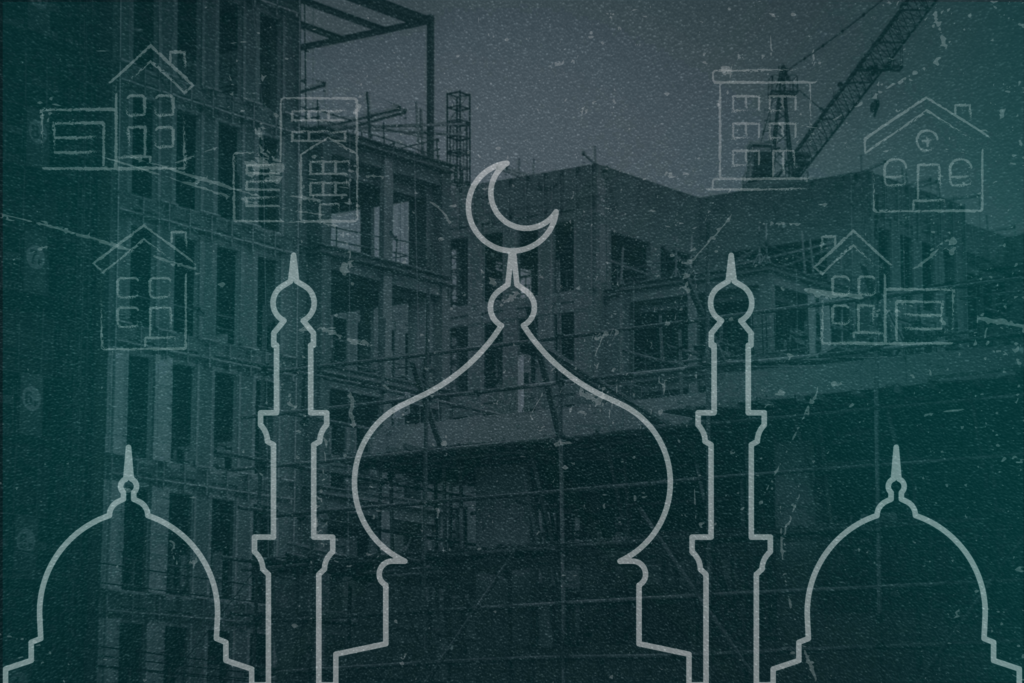Still homeless, still suffering: PCIJ spotlights plight of Marawi’s displaced

CHEERS TO the Philippine Center for Investigative Journalism (PCIJ) for two reports that call attention to the lives of Marawi residents who lost their homes in the 2017 conflict. One report discussed the displacement and “loss of identity” of the community and another focused on logistical needs such as water insecurity.
On May 23, 2017, the government said the Maute group linked to the Islamic State of Iraq and Syria (ISIS) attacked Marawi City, triggering a five-month long battle between the Armed Forces of the Philippines (AFP) and the militant group. The fighting forced residents to evacuate the capital city of Lanao del Sur.
Aerial bombings and ground assault left the city in ruins, leveling homes and sacred shrines, such as the Marawi Grand Mosque, and other historic structures. Eighty-seven civilians lost their lives, forty of whom died of illnesses contracted while living in and around evacuation centers. More than 300,000 people were displaced. Months after the siege, families were still searching for lost relatives.
Six years later, rehabilitation efforts are still ongoing; residents continue to bear the impact of extended displacement and homelessness. PCIJ’s first article renders the lingering pain suffered by those who have no homes to return to, documenting the dismal conditions in which they are forced to live.
Physical and Economic Displacement
The report posted on October 17 and written by PCIJ fellow Raizza Bello presented the plight of displaced Marawi residents who lost their property to government rehabilitation projects.
With recorded interviews by Bello and the photographs of Dada Grifon and Juffali Magarang, the report revealed that the government built projects on land where homes used to stand. The report followed Bantog Panomblayan as he retraced his steps to what used to be his home. A few sunken floor tiles were all that remained of what was once a three-story house. Marked in wide-angle photographs, the visuals showed the scale of the loss. The report noted Panomblayan’s frustration that the government cleared the lot without their consent so it could build a barangay office building. Other residents accused the government of building offices on what used to be their homes without their knowledge and consent.
From the side of the Marawi local government, PCIJ documented the official rationale: that their mapping showed the residential area used to be government owned land, thus the building project merely reclaimed what government owned. Residents contested this, arguing that government did not present any legal documentation to back up the claim. Worse, the government, they said, never provided a venue where it can discuss its plans with the affected residents.
Loss of Identity
Tirmizy Abdullah, a history professor and himself a displaced resident, told PCIJ that this was tantamount to Marawi residents losing their identity and blamed the government for it. “Kung hindi ka makakauwi, sino ka? (If you can’t go home, who are you?),” PCIJ quoted Abdullah saying, “We don’t want our permanent identity to be that of a displaced person.”
The new structures also robbed residents of their livelihood as the conflict shuttered the businesses of residents who had been there “since time immemorial.” Abdullah questioned the purpose of these new government infrastructures. Rehabilitation, he pointed out, should be “people-centered.”
Marawi’s Uncertain Recovery
Carmela Fonbuena’s report on the same day used a straightforward approach, focusing on basic needs that have not been adequately met despite the six years and billions of pesos spent by the government.
To illustrate the problem, Fonbuena talked to residents who were able to return to their homes, who revealed that they have been depending entirely on rainfall for their water supply, spending hundreds of pesos for drinking water. Without rain, residents have to wash their laundry and dishes in Lake Lanao. Septic tanks and the sewage system have not been maintained, posing all kinds of health risks and inconvenience.
PCIJ also spoke to locals who still live in temporary shelters. The report identified a key problem: the shelters are built on land whose owners could begin to demand payment for rent which the displaced community would not be able to afford. The uncertainty of having a roof over their heads has added to their worries.
Residents also shared their concern over compensation due from government. Many expressed the fear that they would not receive any at all while others worried that such payments would not be enough for them to rebuild their homes.
Where Is Marawi in the News?
Even while he was president, Rodrigo Duterte failed to fully attend to the needs of the displaced people of Marawi even as the rehabilitation process began on false or failed starts. Sadly, media in general followed the government’s lead and did not sustain coverage of the problems that marred the rehabilitation of the city and the government’s failure to care for its people.
PCIJ’s reports should jumpstart a collective review of this massive example of government neglect. There have been efforts to document property rights, which could have helped in formulating a more humane approach to rebuilding. But these efforts were largely ignored, marginalizing the residents even more and perpetuating the violation of their rights.
There should be more coverage of these issues. More reports should follow PCIJ’s lead to kindle greater national solidarity with the people of Marawi, which they need so they can face the future with hope.
Leave a Reply